Facing death twice has not stopped Nelson from living

Sophomore Sophia Nelson tests her blood sugar level, by using a blood glucose meter, testing strip and lancing device. Sophia checks her blood sugar levels multiple times a day to ensure that it is not too high or low.
Three weeks before sophomore Sophia Nelson was diagnosed with diabetes, she kept getting overly thirsty, wetting the bed and losing massive amounts of weight. One afternoon in the summer adventure camp, Sophia had trouble breathing and her legs were in a lot of pain. After a phone call to mom, and a trip to the emergency room, Sophia was diagnosed with type one diabetes.
“My blood sugar was around 800 for an extended period of time, which put me into ketoacidosis within a day,” Sophia said. “I was really close to dying. I was about to slip into a coma and never wake up.”
Ketoacidosis is a fatal complication of diabetes that occurs when the body produces high levels of blood acids called ketones. It usually occurs when your body does not have enough insulin. Ketoacidosis is often confused with ketosis, which is harmless. The common symptoms of ketoacidosis are extreme thirst, frequent urination and fruity-smelling breath.
I was really close to dying. I was about to slip into a coma and never wake up.
— Sophia Nelson
“My body was basically eating itself out and all I remember is screaming and kicking the walls because I couldn’t breathe and my legs were in a lot of pain,” Sophia said. “I was seven years old when this happened, so I didn’t really understand the risks, all I knew is that I could die.”
Before Sophia was diagnosed with diabetes, she had a normal childhood. She ate whatever she wanted, and didn’t have to worry about her blood pressure going low or high. As the years went on, Sophia learned a lot about how to take care of her own body and matured faster than the other kids her age.
The difference between type one and type two diabetes is for type one people don’t have to be born with it. It can be caused by environmental factors or genetics. In order to get diabetes, you have to have a certain gene sequence that is passed on from your parents, in which your beta cells attack your pancreas. Whereas type two diabetes, it’s either caused by genetics or lack of a healthy diet and obesity.
“I hear diabetes jokes all the time. Because type one and type two diabetes are basically the same to people who don’t have it, whenever somebody makes a joke referring to type two diabetes, I take offense to it also because I know that they don’t know the difference.” Sophia said, “It’s kind of hard and it hurts when people make jokes because then they’re assuming this stuff about you that’s not necessarily true.”
Facing death again.
Three years after Sophia was diagnosed with diabetes, she began to get really bad headaches that would get consistently worse as the weeks went on. She began to fail school because not only could she not concentrate, but also because she couldn’t keep food down and was delirious from the headaches.
“It was Monday morning, my sibling were getting ready for school. ButI had not slept at all that night just because my headaches were so bad. I went downstairs to try and eat some raspberries but immediately when I swallowed one of them, I had to run to the sink to throw it up.” Sophia said. “When my mom took me to the doctor I was diagnosed with an Astrocytomas brain tumor.”
All of Sophia’s doctors initially thought her headaches were a side effect of her diabetes, but after going to one more doctor he immediately wanted to schedule an MRI and bring her to the hospital immediately.
After I had my MRI, I was laying in a dark room and the doctor came up to me and said ‘You have a brain tumor, Sophia’ and my first question was, ‘am I going to die?
— Sophia Nelson
“When I first found out about the tumor I started bawling,” Sophia said, “After I had my MRI, I was laying in a dark room and the doctor came up to me and said ‘You have a brain tumor, Sophia’ and my first question was, ‘am I going to die?'”
Pumped up on anesthesia and unconscious, Sophia went into the operating room ready to get the cyst removed which was expanding her brain and covering the tumor which sat on her optic nerve. After four days, the cyst was gone and the tumor could now be removed.
“The surgery was 12 hours and even though the tumor was benign if I hadn’t removed it I could have been dead in three days,” Sophia said. “After surgery, I woke up and felt fantastic, because I had no more headaches. I was able to keep food down and focus at school, which made me realize how much I took life for granted”.
Sophia faced death twice, but it still hasn’t stopped her from giving up. Each morning, Sophia must wake up and check her blood sugar, if her blood sugar is too high, then she gives herself insulin and if it is too low she eats sugar.
“Something that people don’t really know is I have to change my pump site every three to five days because diabetics have a CGM, continuous glucose monitor which always gives me a blood sugar reading,” Sophia said “I see that people stare at me because I have my pump on me at all times, and when I was younger my parents would hear people whisper. But it’s who I am and that’s what I have to deal with every day, so I’ve learned to cope and ignore people when they stare or whisper about me.”
Lessons learned.
Sophia has lived with diabetes since she was seven years old, and she 100 percent knows how to manage her diabetes, and accepts herself for who she is.
“The only thing I’m scared of is the fact that I could die really quickly, or pass out if I don’t give my body the proper care,” Sophia said “The minute I got diabetes I accepted myself for who I am, because I was a second grader that hadn’t experienced much in life yet. Even after I was faced with a tumor, I didn’t let it slow me down or give a different view on life. Yes, It’s scary, and a constant struggle. But I wouldn’t trade it for anything since I have loving friends and family who understand my situation and don’t judge me for having diabetes.”
Sophia has learned to never judge someone for the way the things they can’t control because she knows what it’s like to be an outcast.
“What I want to say to people who don’t completely understand diabetes: It’s not your place to make assumptions about it,” Sophia said “If you’re going to crack a joke about somebody with a disease, please make sure you understand it and know what’s going on. Because diabetes is a lot more complex than people think it is.”
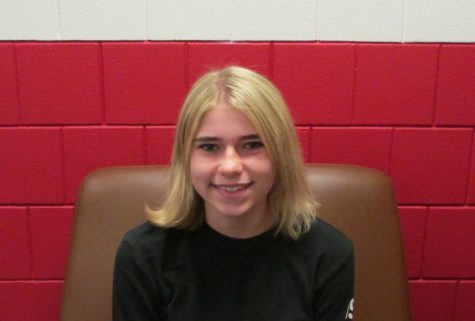
Hi my name is Megan Baxter, I am a Junior and a photographer for The Pony Express. I enjoy running, volunteering at The Humane Society and photography....



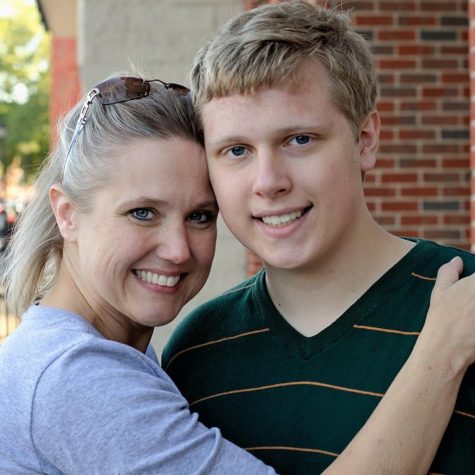
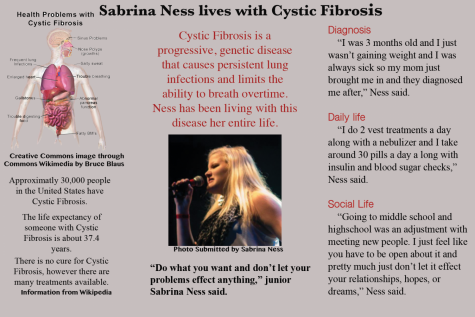
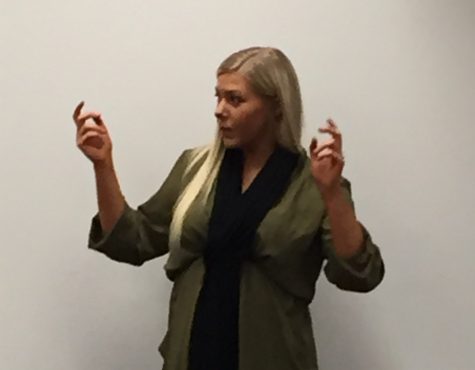
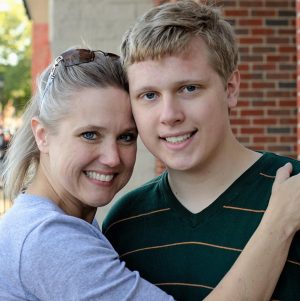
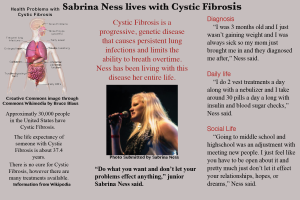
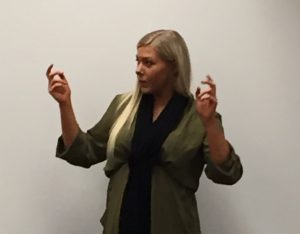
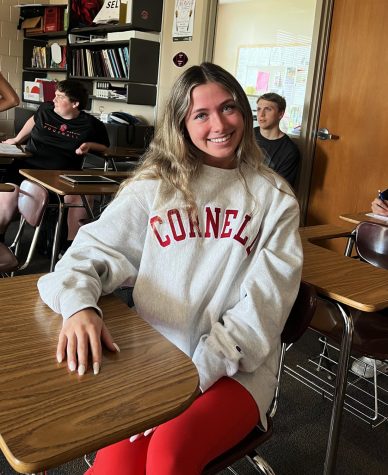
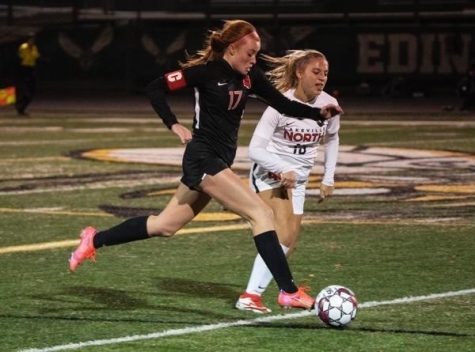
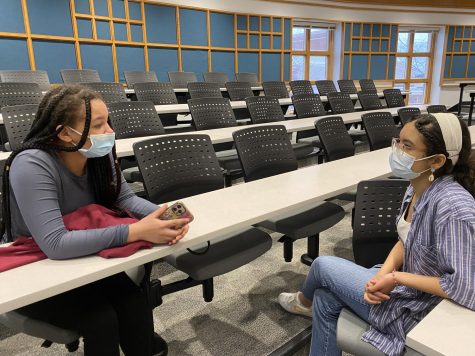
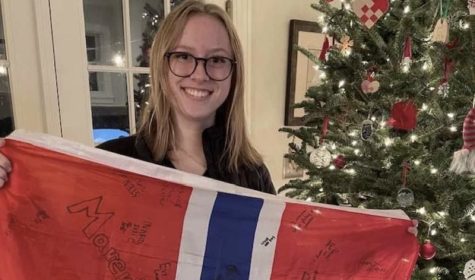

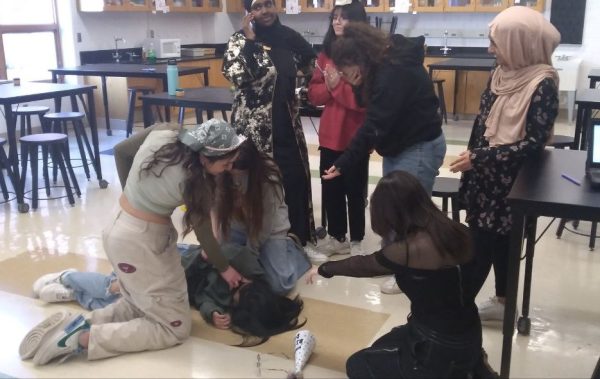
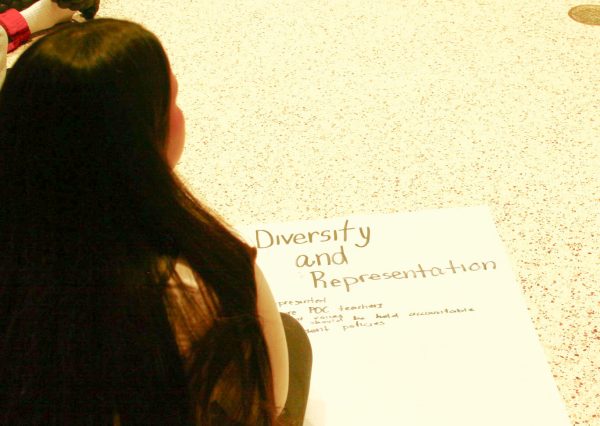
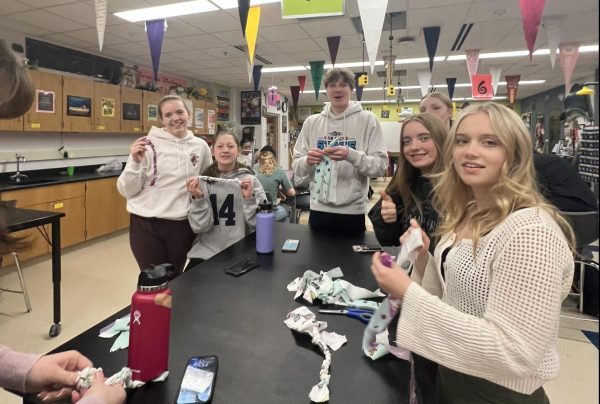
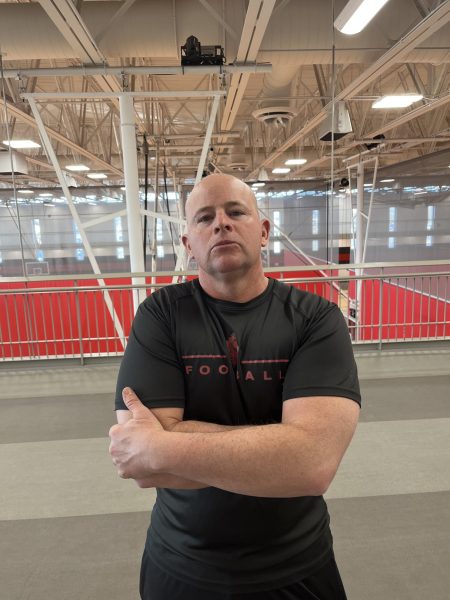
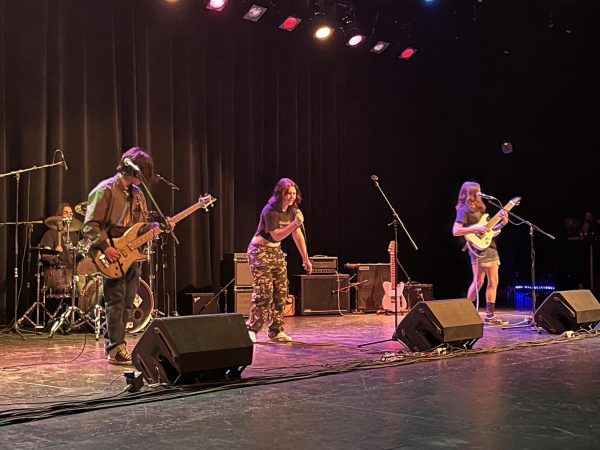
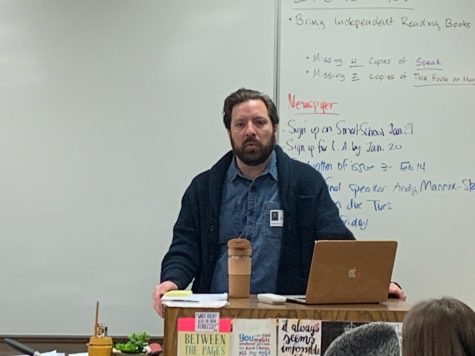
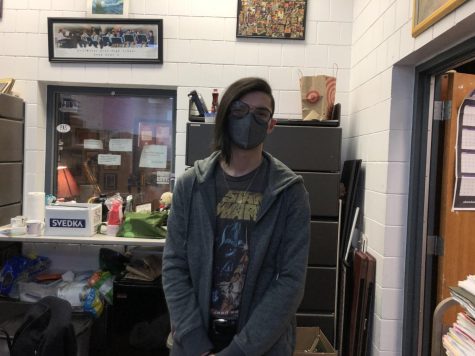
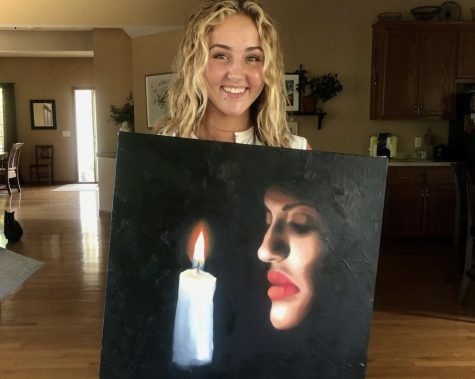


fitoru • Feb 10, 2020 at 1:56 am
I enjoyed reading your story. Im looking forward to read more of your posts.
Lilly Sample • Jan 4, 2019 at 9:16 am
Great story with great research! I can tell you researched diabetes, ketoacidosis, and astrocytomas heavily for the article, and it shows. Your quotes are really good, and the story structure and setup is great. The headline draws the reader in to the story, and the lead and nutgraph keep them reading. Nice job!
Dylan Stormoen • Jan 3, 2019 at 9:18 am
This story is incredible and the author did such a great job reflecting that! The story is well written and full of great detail in its quotes and fact paragraphs. The writing draws you in to keep reading.
Sadie Heieren • Jan 2, 2019 at 9:10 pm
This is a very touching story, it is full of lots of facts about the subject so I feel like I have learned a lot just from one article. It is very well written, good job!
Ellsa Ohmann • Jan 2, 2019 at 6:37 pm
What a powerful and impactful story! Great display of emotion by using quotes and reliving the story in your article. I liked the idea of breaking the story up into little sections per say. Breaks it up nicely, and adds a warm emotional touch.